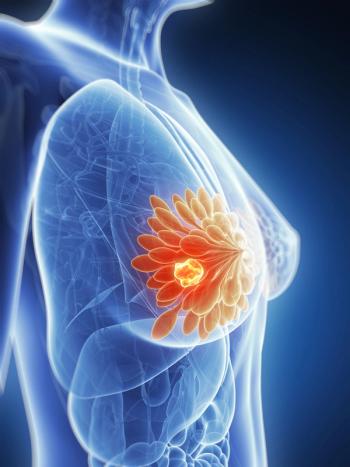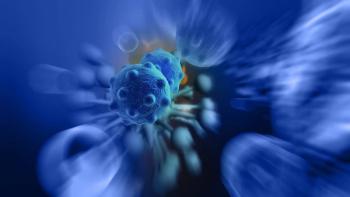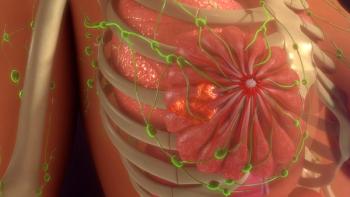
Taste Change Data May Inform Radiotherapy Strategy in Head and Neck Cancer
Findings may help providers and patients with head and neck cancer consider whether to proceed with radiotherapy modalities, such as proton therapy or IMRT.
In a conversation with CancerNetwork® during the
Kalman, a radiation oncologist specializing in the treatment of gynecologic, head and neck, thoracic and pediatric cancers, melanoma and non-melanoma skin cancers, and sarcoma at Miami Cancer Institute of Baptist Health Medical Group, explained that findings presented at ASTRO affirm the importance of avoiding radiotherapy dosing to the oral cavity whenever possible for this population.
Additionally, data on how dosing to the oral cavity may cause taste changes in patients can help providers consider the potential trade-offs of dosing to different structures. According to Kalman, these findings may also inform treatment decision-making regarding the selection of radiotherapy modalities such as proton therapy, photon therapy, or intensity-modulated radiotherapy (IMRT).
Transcript:
In terms of the clinical applicability of these findings, it adds to the importance of avoiding dosing to the oral cavity when possible for these patients. When we’re developing treatment plans for our [patients with] head and neck cancer, the radiation plans already are working to decrease the dose as much as possible to the oral cavity to reduce the risk of mucositis and other effects. Knowing or having further evidence that the dose of the oral cavity affects the taste changes will perhaps add to the conversation of the trade-offs between doses to different structures and may add consideration if patients or providers are considering different modalities of treatment such as proton therapy vs photon therapy or IMRT. If there’s the ability to drive down the dose to the oral cavity significantly, that can have a benefit for patients in their degree of taste change during treatment.
Reference
Yarlagadda S, Alzmanzar A, Rubens M, Kalman N. Taste changes in patients receiving head and neck radiation – initial analysis from a prospective study. Presented at: 2024 American Society for Radiation Oncology Annual Meeting; September 29-October 2, 2024; Washington, DC. Abstract 3762.
Newsletter
Stay up to date on recent advances in the multidisciplinary approach to cancer.



















































































